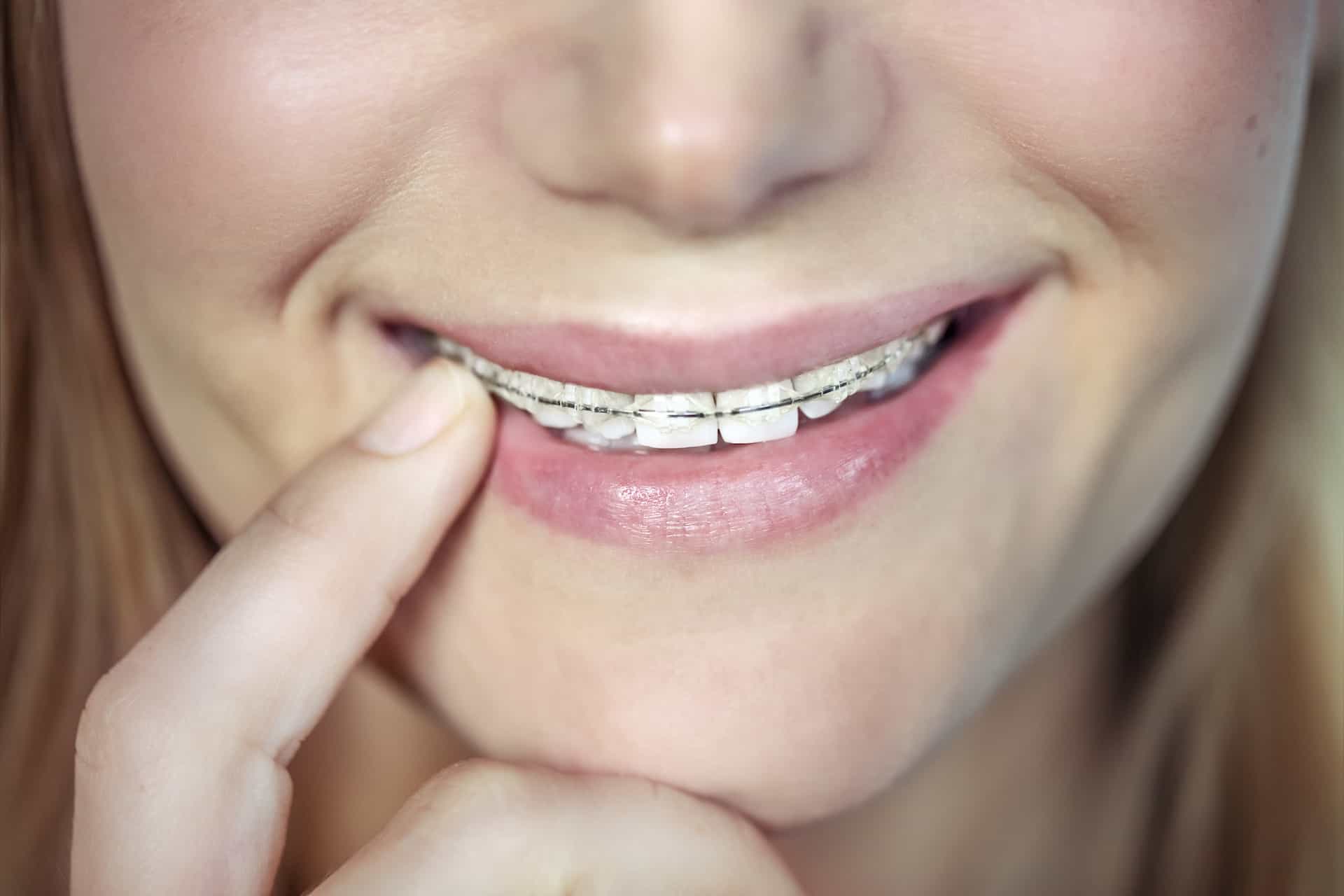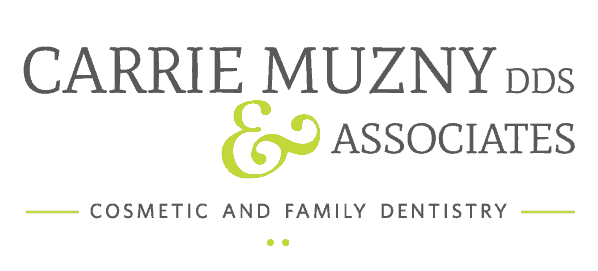
What to Know About Getting Clear Braces
As so many of us know, making big decisions about our health (dental or otherwise) can be tricky since there are just so many factors to consider, and deciding on braces is no exception. Whether you’re considering braces for your young or teenaged child, or if you yourself need them as an adult, advances in dental technology mean that patients have more choices than ever, and being well informed is a necessity, no matter the specific situation.
Our patients have a multitude of common questions about clear braces – whether they work, price, and pros and cons in comparison to more traditional metal braces. The good news is that understanding the important details about clear braces is reasonably easy, and this article will allow you to do just that! Read on to learn whether or not this innovation in dental technology is the right choice for you!
Traditional Metal vs. Clear Braces
Before anything else, let’s take some time to look at the most baseline information you ought to know if you’re considering clear braces.
Affordability
Right off the bat, it must be acknowledged that clear braces are more expensive than traditional ones. This is due to a few reasons, but primarily because clear braces require more time and attention to detail when it comes to their installation or removal, increasing labor costs associated with them.
Appearance
Here we come to the main advantage that clear braces offer – they are less visible and less conspicuous than their traditional metal counterparts. While they aren’t entirely invisible, clear brackets can be matched to your natural teeth color to make them blend in into your mouth.
It must be mentioned, however, that while the actual brackets of clear braces don’t ever change color, the elastic ties that hold the wires to the brackets can stain over time, rendering them more visible in your mouth. However, these elastic bands are often replaced with each check-up or adjustment of the braces, helping to reduce their overall visibility.
Effectiveness
Broadly speaking, clear braces are just as effective as traditional ones when it comes down to guiding and realigning your teeth to a healthier, more attractive smile. That said, there are some more differences between the two options that you should consider.
On a positive note, clear braces are generally considered more comfortable than metal ones – the ceramic or material of clear braces is softer and gentler on your gums and mouth. On the other hand, this softer material makes them less durable, and clear braces are more prone to chip, crack, or even break. The need for repair or replacement can potentially add unexpected expenses or increase the time braces are needed.
Other Factors
Lastly, consider which kind of “extra” factors may be most important to you personally. Clear braces tend to be a preferred choice for adults and older teens due to the stigma many feel about having braces past adolescence. On the other hand, the improved durability of metal braces makes them a better choice for anyone highly involved with sports and makes them a sounder investment for people who need more intense orthodontic treatment.
Pros and Cons of Clear Braces
With all this new information in mind, let’s take a final look at the pros and cons that clear braces offer.
Pros:
- Visibility: As we’ve mentioned, the main advantage offered by clear braces is the fact that they are more discreet and much more challenging to see than traditional braces. While this is arguably a more superficial factor, it’s undeniably an important one that is very high on the list for most of us.
- Comfort: Ceramic brackets are undeniably more comfortable and less painful than the metal version. Avoiding or reducing the aching jaws and raw inner lips associated with metal braces offers a distinct everyday advantage.
- Cost: While clear braces are more expensive than metal ones, they are generally a cheaper option than other clear aligner products, such as Invisalign, providing more financial options for discreet dental correction.
Cons:
- Durability: As we’ve mentioned, clear braces are comparatively more fragile than traditional ones and may require additional repair or maintenance.
- Size: One factor we haven’t mentioned yet – clear brackets are larger than metal ones, potentially making it more difficult to reach your gum line during regular brushing. Poorer access during brushing can lead gums to either swell or recede over time.
- Time: Clear brackets can ultimately take more time than metal ones to fully align teeth, increasing the overall time needed before they can be removed. This is due partly to the physical realities of ceramic brackets and partly due to time lost to repairs on chipped or damaged clear braces.
So, What’s the Right Choice For Me?
As you can see, there are a number of factors that one must weigh and consider before committing to a decision towards either clear or traditional metal braces.
At Carrie Muzny DDS, we will take the time to help you enjoy your dental visit. From the moment you arrive to when you leave, our staff will be there to answer any questions and give you the service and care you and your smile deserve.
Ready to take a step towards a healthier and straighter smile? Do you want straighter teeth but don’t want to deal with a “metal mouth?” Clear braces may be the solution for you!
Give us a call and we’ll answer your questions, explain expectations, and help you schedule your appointment. Interested in learning more about us? Visit our contact page for directions and to learn more today!

